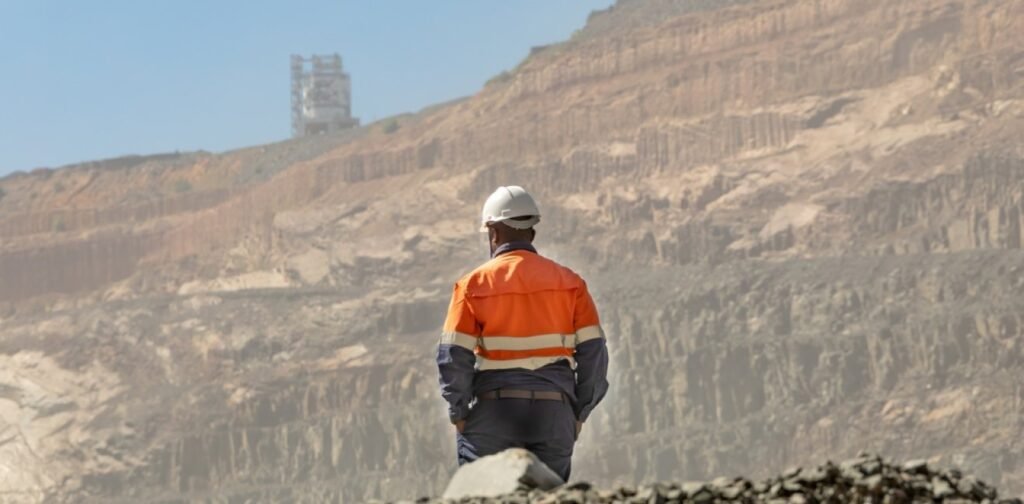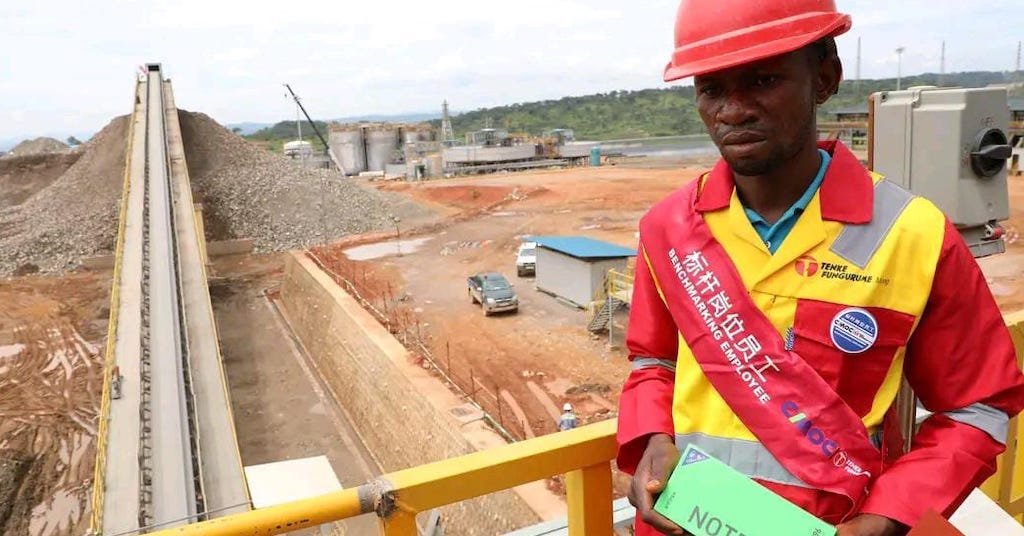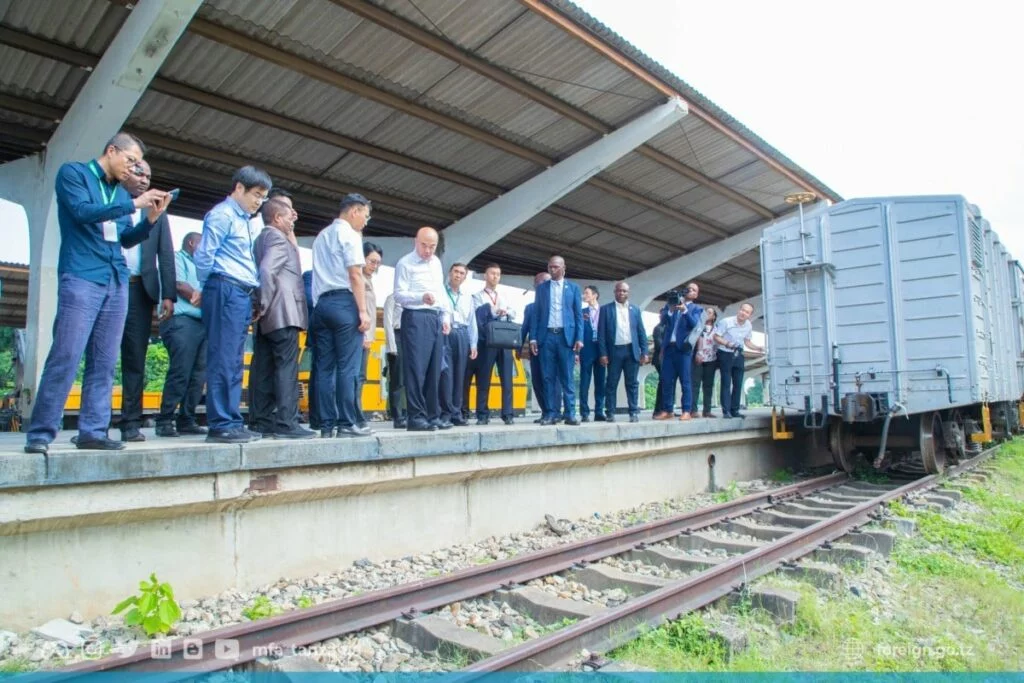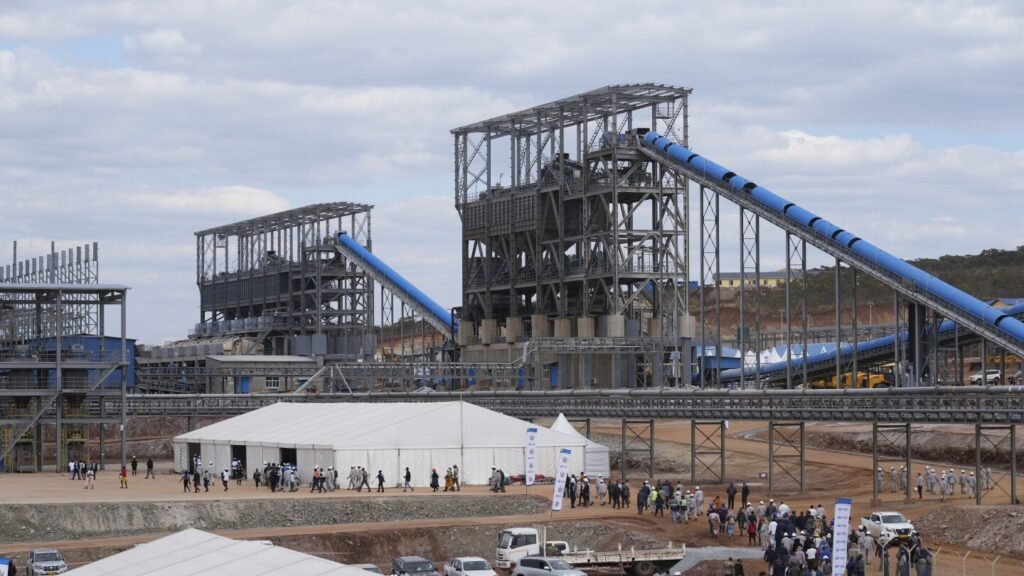Africa Mining China

The relationship between China and Africa in mining has become one of the most influential dynamics in the global resource sector. China’s insatiable demand for critical minerals to power its EV, battery, and electronics industries has driven massive investment across African mines—particularly in copper, cobalt, lithium, manganese, and bauxite.
This strategic alliance is reshaping mineral supply chains, infrastructure development, and economic policy across the continent.
1. Why China Invests Heavily in African Mining
China dominates global manufacturing in:
- Lithium-ion batteries
- Electric vehicles (EVs)
- Solar panels and wind turbines
- Consumer electronics
To secure raw materials, China sources key inputs from Africa:
| Mineral | Use | Top African Supplier |
|---|---|---|
| Cobalt | Battery cathodes | Democratic Republic of Congo (DRC) – >70% global supply |
| Copper | Wiring, motors, charging infrastructure | DRC, Zambia |
| Lithium | Battery-grade lithium hydroxide/carbonate | Zimbabwe, Mali, Namibia |
| Manganese | Steel & battery alloys | South Africa, Gabon |
| Bauxite | Aluminum for lightweight EVs | Guinea |
| Graphite | Anode material | Mozambique, Madagascar |
2. Major Chinese Mining Companies in Africa
| Company | Key Projects | Countries |
|---|---|---|
| CMOC Group | Tenke Fungurume (copper-cobalt) | DRC |
| Zijin Mining | Kamoa-Kakula (copper), Manono (lithium), Mufulira (copper) | DRC, Zimbabwe |
| Eurasian Resources Group (ERG) – Chinese-backed | Frontier & Metalkol RTR (cobalt recycling) | DRC |
| Jinchuan Group | Cobalt and copper processing | DRC |
| Weiqiao Group / China Hongqiao | Bauxite extraction and alumina refining | Guinea |
| Tianqi Lithium | Joint ventures in lithium exploration | Namibia, Zimbabwe |
These firms operate through acquisitions, joint ventures, or state-backed financing deals.

3. How China Funds African Mining
China uses a mix of loans, equity investments, and infrastructure-for-resources deals:
- Resource-Backed Loans: African governments receive infrastructure funding (roads, rail, power) in exchange for mineral rights
- State-Owned Enterprise (SOE) Investment: Firms like Zijin and CMOC acquire stakes in mines
- Belt and Road Initiative (BRI): Supports port, rail, and energy projects linked to mining zones
- Development Finance: Through Exim Bank of China and China Development Bank
Example: The Sicomines Agreement (DRC) – $6 billion infrastructure package for copper-cobalt access.

4. Economic Impact on Africa
Benefits:
- Billions in foreign direct investment (FDI)
- Development of mining infrastructure (ports, railways, smelters)
- Job creation in mining, logistics, and processing
- Growth in local procurement and skills training
Challenges:
- Concerns over debt sustainability
- Accusations of environmental degradation and labor issues
- Limited local beneficiation – most ore exported unprocessed
- Geopolitical tensions over strategic mineral control
5. Future Outlook: Green Minerals & Local Value Addition
China’s focus is shifting toward:
- Ethical sourcing – Responding to ESG pressures in global markets
- Battery recycling hubs – Building circular economies in Africa
- Downstream processing – Supporting African refineries for cobalt and lithium
- Renewable-powered mining – Solar and hydropower integration in remote sites
African nations are pushing back with policies that require local content, ownership, and value addition before export.

FAQs
Q1: Why does China mine in Africa?
A1: To secure essential minerals for its EV, battery, and clean tech industries, reducing reliance on Western supply chains.
Q2: Which African country has the most Chinese mining activity?
A2: The Democratic Republic of Congo (DRC) is the epicenter, especially for copper and cobalt.
Q3: Is Chinese mining in Africa sustainable?
A3: Progress is being made, but concerns remain. Newer projects increasingly adopt ESG standards and community engagement.
Conclusion
Africa mining China represents a powerful, evolving partnership that fuels both continents’ industrial ambitions. While challenges exist, the collaboration holds potential to drive infrastructure growth, job creation, and regional beneficiation—positioning Africa as a cornerstone of the global green economy.

